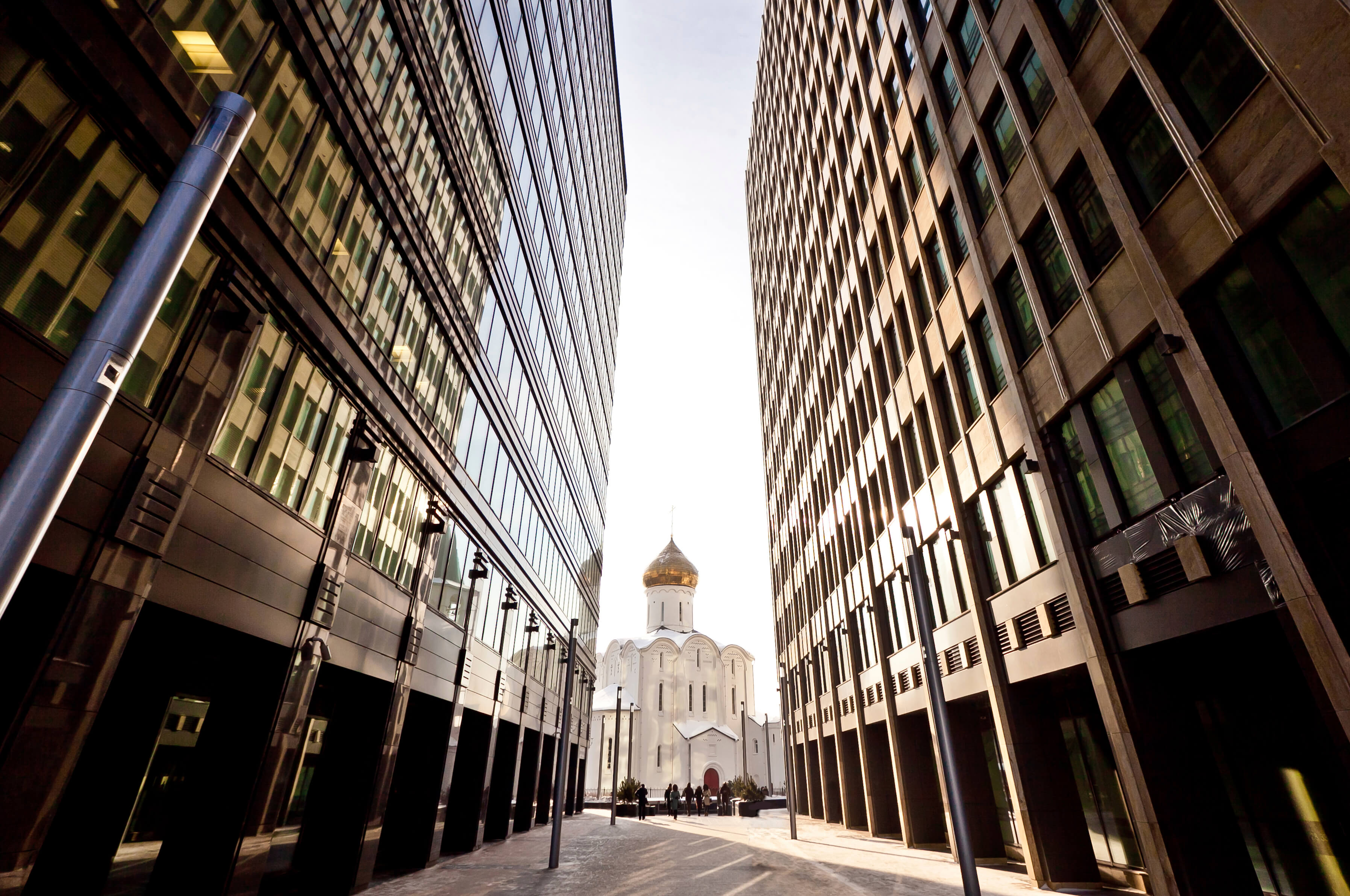Maxim Ali has talked to Delovoy Peterburg about the issues around using images of cultural heritage in trademarks and commercial activities
According to the law, the use for commercial purposes of images and photographs of museum buildings and objects without the permission of the cultural institutions is prohibited. The Civil Code also does not allow the use in trademarks of names or images that are identical or similar to the official names and images of cultural objects.
For Delovoy Peterburg, the Head of the IP/IT Practice at Maxima Legal, Maxim Ali, has explained the current rules.
“Rospatent may refuse to register a trademark not only if it contains an image of a museum item, but also if the proposed trademark is similar to objects of cultural heritage. Such objects may not belong to the Museum Fund of Russia and can even be located abroad. For example, Rospatent can refuse to register trademarks which relate to UNESCO World Heritage sites”, Maxim explained. Maxim added that if Rospatent refuses to register a trademark, the applicant can apply to the Intellectual Property Court which will involve an independent expert examination.
Maxim considered the negative aspects of Russian legislation governing the use of images of museums and cultural objects.
“Firstly, a businessperson may not even know that an object belongs to the class of cultural objects, in court this fact can be confirmed by extracts from inventory books and similar evidence, which usually only the museum itself has access to. Secondly, the courts prohibit not only the direct copying of cultural objects, but also other use. Thirdly, the museum is limited in determining the size of its remuneration only by its own imagination: there are no standard tariffs, which greatly complicates the work of businessmen”, explained Maxim.
Furthermore, the law on cultural objects contradicts copyright laws. “The exclusive right of the author to a painting, building, monument or other object is not unlimited, after some time, such an object passes into the public domain. Otherwise, our access to cultural heritage would be unreasonably limited. If an object becomes a museum object, the decision to use it is completely in the power of the museum. And after that, despite the transfer of the property to the public domain, the museum may prohibit the use of its values, and we are talking not only about the symbolism of the museum or its collections, but also obscure things, for example, the interiors of museum buildings”, concluded Maxim.
To read the full article in Russian, please see the Delovoy Peterburg website >>>







